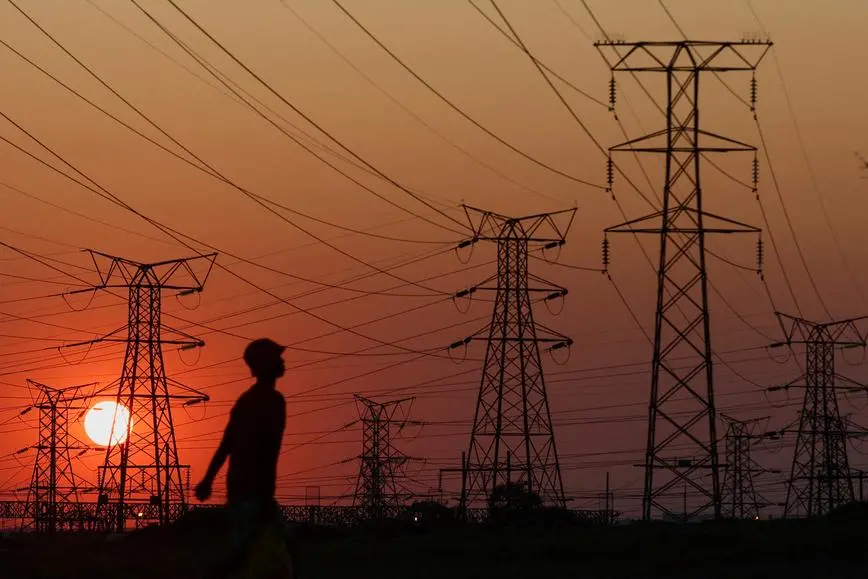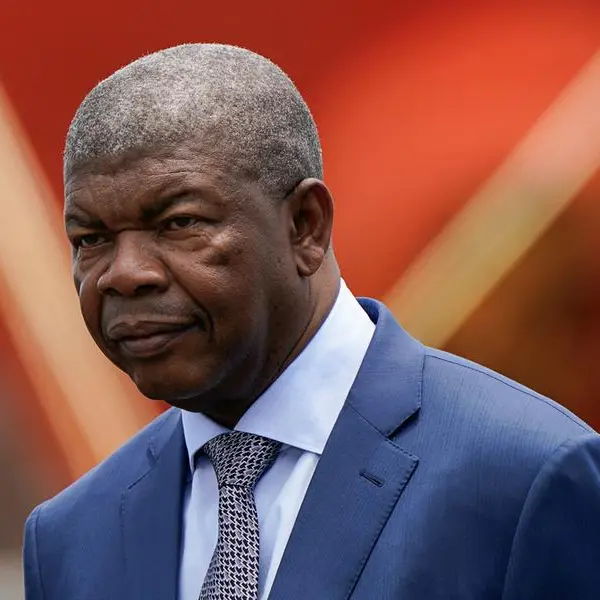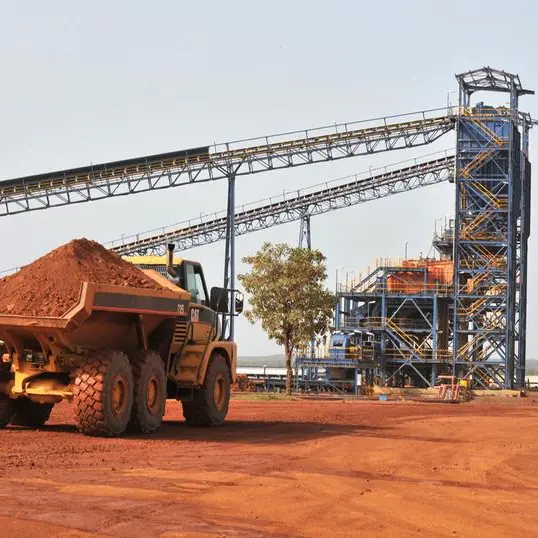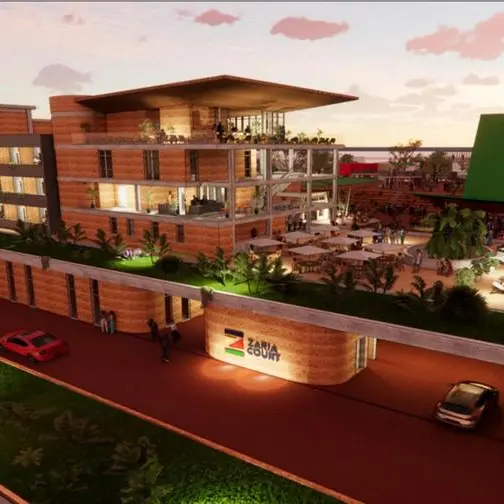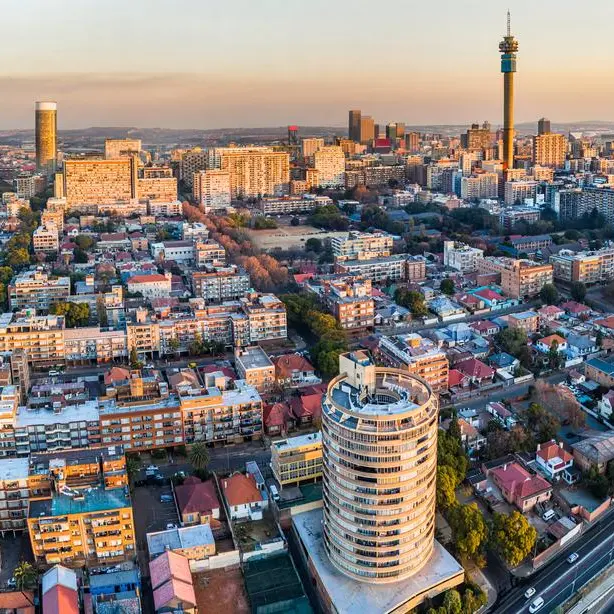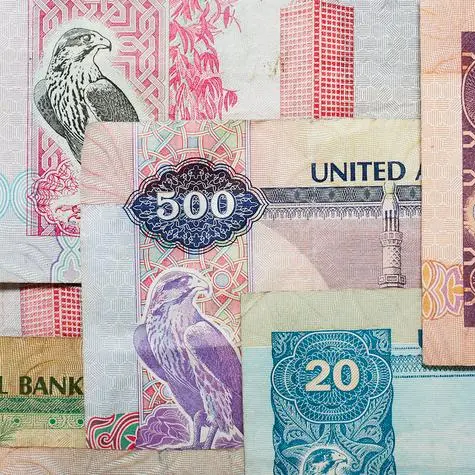PHOTO
South African private power producers are seeking compensation for revenues lost when adhering to requests from state utility Eskom to limit electricity supply to the national grid, industry executives said.
Eskom has submitted a proposal to the country's energy regulator to introduce a mechanism to compensate independent power producers (IPPs) for lost revenue resulting from curtailment rates of up to 10%.
The curtailment requests are due to a shortage of pylons and high voltage power lines that have caused choke points in Eskom's transmission system.
The compensation mechanism is one of several proposed regulatory reforms as efforts to open up Africa's largest electricity market gather pace.
"We are hoping that there will be adequate compensation for generation that is curtailed," Ian Burger, a technical director at private power developer SOLA Group, told Reuters.
Burger said SOLA Group's two Lichtenburg solar PV plants, which each produce just over 100 megawatts (MW), were requested in April and May by Eskom to cut output by up to 80% and produce only 20 MW per day.
SOLA Group supplies power to miner Tronox.
Eskom studies indicate that the costs of curtailing renewable energy are significantly lower than the billions of dollars required for upgrading the network to connect the same amount of renewable power to the grid.
By reducing generation from independent producers, Eskom hopes to immediately free up an estimated 3,470 MW of additional capacity on the constrained grid.
In July, energy regulator Nersa released a draft curtailment congestion policy based on Eskom's application seeking approval to classify it as a "constrained ancillary generation service".
This would enable Eskom to use specific formulae to reimburse renewable energy plants for the power curtailed because of grid congestion.
"The devil still is in the detail, but this raises the possibility of further minimising the cost borne by consumers by curtailing those IPPs with the lowest tariffs first, as opposed to everyone equally," said Kilian Hagemann, CEO of G7 Renewable Energies.
Over the past five months, Eskom has provided continuous electricity, a feat last achieved in 2020, reducing its reliance on renewable energy to bolster the grid.
Eskom expects congestion curtailment to be implemented routinely from 2026 onwards, with curtailment levels increasing as more renewable projects come online.
(Reporting by Wendell Roelf; Editing by Olivia Kumwenda-Mtambo and Mark Potter)
